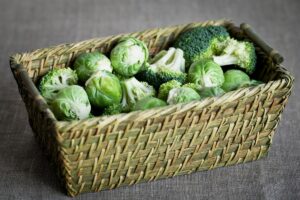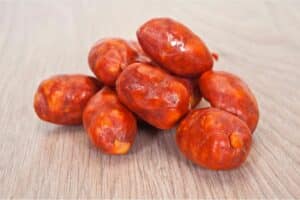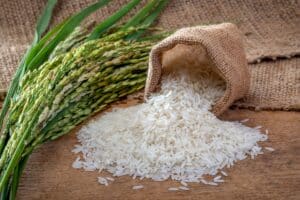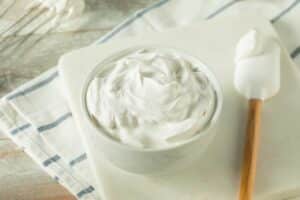There’s a good reason pepper is one of the most popular spices in the world. It has a beautiful, distinctive flavor that can perform just as well in a supporting role, the loom for your gastronomical tapestry, as it can become an engrossing protagonist for your dish.
But this spice acts quite similarly to the rest of human existence: fractally. The more you zoom in and learn about it, the more you find out there remains to be learned.
Here, we will explore one of the foundational complexities of the spice – its texture. Because the pepper berry is such a flavor-packed capsule, the difference between ground and cracked pepper is vast.
Different ways of preparing the seasoning cause it to exude different tastes and oils, allowing it to change your meal significantly.
These different preparations are necessary because whole peppercorns, while undoubtedly the most flavorful presentation of the spice, are both hard to chew and very spicy.
They are seldom used on their own, though they have some uses (especially in dishes where you can strain them out).
So if you aren’t using the whole peppercorn, you need to prepare it somehow, and the two most popular ways to do so are grinding it up and cracking it.
Difference Between Cracked Black Pepper and Ground
The main differences between cracked and ground pepper have to do with texture and flavor. Cracked pepper has a much coarser texture, composed as it is of peppercorn chunks and much finer pepper grounds. Ground pepper, on the other hand, has a fine, consistent texture throughout your dish.
The chunks that are included within cracked pepper are also what makes it stick out vis-a-vis flavor: When you bite into a peppercorn chunk, your mouth comes alive with peppery goodness – this experience gives cracked pepper a much more intense flavor than the milder tastes of ground pepper.
Cracked Black Pepper vs Ground Comparison Table
| Texture | Flavor | Role in a dish | |
| Ground pepper | Fine, consistent, and typically unnoticeable in your meal – you will almost exclusively notice the flavor of ground pepper, not its texture. | Mildly spicy – this will accentuate other flavors typically without dominating them. | Supportive. Ground pepper exists to color other spices, not to take center stage itself. |
| Cracked pepper | Coarse and inconsistent – elements of the disappearing fine grind, but now with fragments of peppercorn scattered throughout that add crunch and an explosion of flavor. | Bold, intense, and aggressive. Cracked pepper will almost invariably be noticeable in your dish, and in a good way. | A prominent role. If you include cracked pepper in your dish, get ready to experience how it plays off the other flavors. Its intensity is delightfully hard to ignore. |
Can You Substitute Cracked Pepper for Ground Pepper?
You technically can use ground pepper instead of cracked pepper, and vice versa, but it’s important to be careful about doing so.
The taste and textural differences between the two spices are significant enough that they might negatively impact your dish, depending on what you’re dealing with.
For example, if you are trying to make an especially smooth or mild-flavored meal, it is likely unwise to use cracked pepper. The cracked pepper will stick out, overpower the milder flavors, and ruin the smoothness of the texture.
That said, if a recipe calls for ground pepper as a general flavoring implement (on a roast vegetable dish, for example), cracked pepper may not just be a good substitute – it might taste better!
If a recipe calls for cracked pepper, then you probably can use ground pepper instead, though also likely shouldn’t. Adding ground pepper won’t make the dish any worse, but it won’t add nearly the flavor that the cracked variety will.
In short, using cracked pepper instead of ground pepper could make a dish taste bad while using ground pepper instead of cracked pepper will just make it less flavorful.
Fortunately, if you have a pepper mill, you can always put your cracked pepper inside it to grind it down to a finer consistency.
What Is Ground Black Pepper?
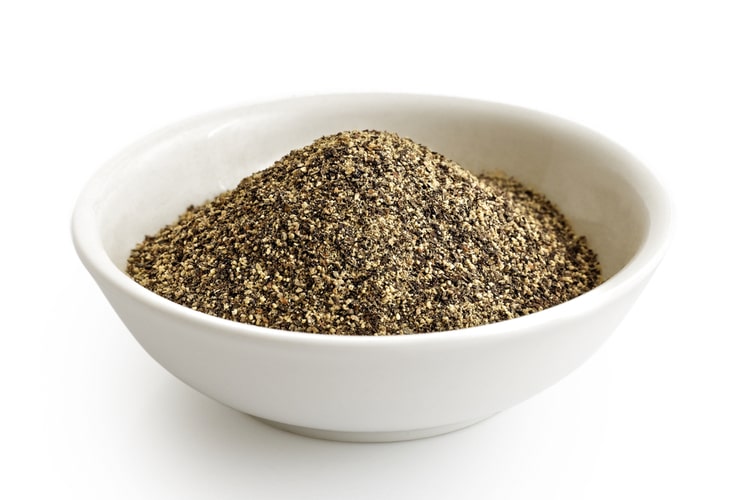
Ground black pepper is the sort of pepper that you typically find sitting in a shaker or pepper mill at your dinner table. The spice is fine when it is ground, able to mix and subsume into your dish almost entirely.
This kind of pepper has a similar role to salt in your dish – that’s part of why they are so often found together. With salt, you want to add enough so that it informs, undergirds, and uplifts the other flavors in the meal, but not so much that it dominates them.
Ground pepper works similarly. It does not have the richness of flavor that cracked pepper (and many other spices) do, but that does not make it intrinsically worse. It just has a different role.
If your dish has a primary flavor of ground black pepper, the taste will likely prove disappointing.
But that does not mean it is useless – ground pepper is an excellent way to draw out the ways pepper complements other flavors without overpowering them. Just make sure you do not overuse it.
You will also find a significant flavor difference between freshly-ground black pepper and the varieties that come pre-ground.
One of the primary drivers of pepper’s distinctive tang is the oils held within the whole peppercorn. As soon as you grind the peppercorn, those immensely flavorful oils begin to dry out.
This is why many people prefer to use a pepper mill to grind their pepper at the table, rather than purchasing pre-ground pepper in a shaker. Those pre-ground varieties nearly always have a much simpler flavor.
That said, the simpler flavor of a pre-ground pepper can have a role of its own as well. If you want to lean into black pepper’s qualities as a supportive spice and do not want it to have any prominence in your dish at all, then a pre-ground variety can be superior.
How to Use Ground Black Pepper
You can improve almost any savory meal by including a dash of ground pepper. It likely will alter the flavors of your dish, so don’t follow that principle to reckless abandon – make sure you like how it changes the meal before seasoning the whole thing.
The spice works especially well with any dishes where you want a smooth, unified texture or there are mild flavors that you want to accentuate without overpowering.
The impact of ground pepper will also shift depending on the level of the grind that you’re using, i.e. whether it is ground coarsely or finely.
As a general rule, a coarse grind will act closer to cracked pepper (without going all the way), while a fine grind will more fully embody what we’ve said here about ground pepper.
What Is Cracked Black Pepper?
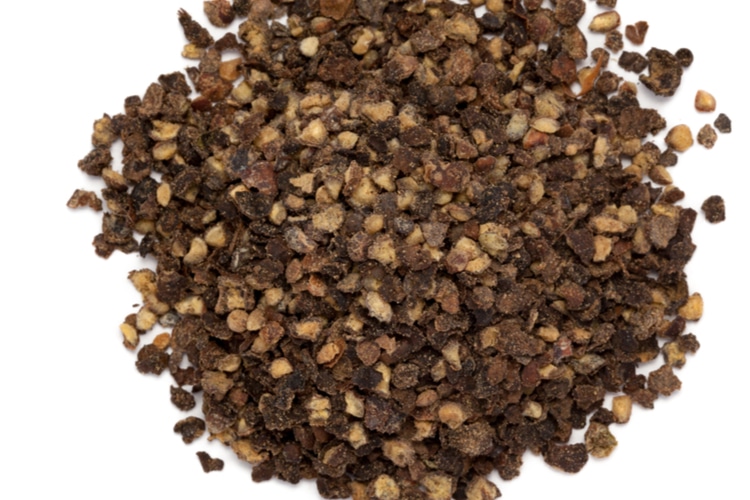
Cracked pepper has a much more complex and intense flavor than ground varieties. It will typically take on both a lead and a supporting role in your dish because of its texture.
When you grind pepper, you get a finer spice that is texturally consistent throughout. When you crack it, on the other hand, you get two different things.
First and foremost, you get large chunks of peppercorn with an explosive taste and satisfying crunch.
The cracking process also results in oils and fine pepper particles that inform and undergird the other flavors in your dish.
These fine particles and oils mainly affect your dish similarly to salt and ground pepper. The peppercorn chunks are what make cracked pepper distinctive – these will both add an unexpected crunchy texture throughout your meal and bring a much more intense black pepper flavor to the table.
The taste of cracked pepper is a little like a flash of brightness that fades into an atmosphere of dark spiciness, all tinged with an air of citrus. The person eating your dish will invariably notice a chunk of peppercorn, and that will almost always heighten their experience.
The spice is not too intense, either – it is hotter than ground pepper, but it is not typically as hot as cayenne or dried red pepper.
How to Use Cracked Black Pepper
We highly recommend cracking your black pepper at home, rather than purchasing pre-cracked pepper. Indeed, for the same reason that fresh ground pepper is better than pre-ground, fresh cracked pepper is one of the best ways to enjoy the spice.
It allows you to get the best of both worlds in a way; you both get the chunks of pepper and the lively oils of freshly-ground pepper.
Cracking pepper also does not require any complex machinery or technology – all you need is some sort of bag and a cup from your cupboard. First, you fill the bag with whole peppercorns, then seal it, and press down with your glass.
Do not hammer the berries – just press gently down on them until they crack. Repeat that process with small batches of peppercorns until you are satisfied with the amount of pepper you have.

